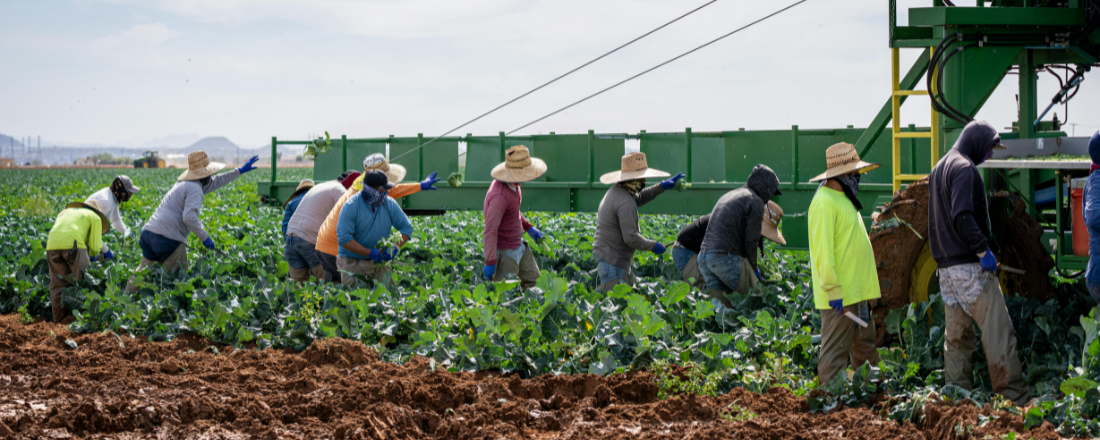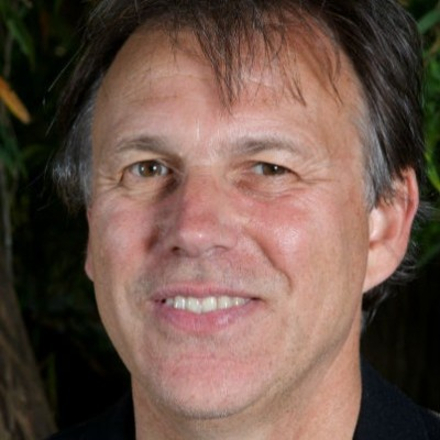
In the News
PHI’s Dr. Paul English Discusses How California Can Better Protect Vulnerable Communities from Climate Change
- Inside Climate News
-
Focus Areas
Chronic Disease Prevention, Data, Technology & Innovation, Environmental Health, Healthy Communities -
Issues
Climate Change, Wildfires & Extreme Heat -
Expertise
Research – Surveillance -
Programs
Tracking California

University of California researchers from San Diego and Los Angeles released a new study that indicates exposure to extreme heat and wildfire smoke together leads to significantly more cardiac and respiratory hospitalizations than either hazard alone, and California’s marginalized communities are facing the highest risks. PHI’s Dr. Paul English comments on the study and weighs in about what the state can do to prepare for these compound hazards.
“The future happens in California first” long referred to the state’s reputation as an environmental leader. It’s come to describe the Golden State’s front row seat to a rotating list of overlapping extreme events that are appearing with ever more frequency and ferocity as the climate warms.
Now new research suggests that being on the front lines of climate change is making Californians sick.
Extreme heat and wildfire smoke can each increase the risk of cardiac and respiratory disease and death. But recent studies show that exposure to heat and particle pollution together can be far more dangerous than exposure to either alone. And emerging evidence suggests that the fine particulate matter, or PM2.5, from wildfires may be far more harmful than PM2.5 emissions from other sources like car exhaust. Now, it’s clear that PM2.5 from smoke, combined with heat, is a particularly harmful combination.
In the new study, published in the peer-reviewed journal Science Advances, University of California researchers from the San Diego and Los Angeles campuses studied hospital emissions for cardiac and respiratory diseases between 2006 and 2019 across California. The researchers found that simultaneous exposure to extreme heat and PM2.5 from wildfire smoke led to far more hospitalizations than exposure to either hazard alone.
Those bearing the brunt of these compounded health risks were concentrated in low-income communities, communities of color and neighborhoods where many people lacked health insurance, didn’t own cars or attend college, or lived in densely populated areas without the benefit of cooling green spaces.
These results clearly show that “we should stop considering extreme heat and wildfire separately,” said Tarik Benmarhnia, an environmental epidemiologist at UC San Diego who co-led the research.
Rising Inequality
In one study, published in 2021, they analyzed hospital admissions for respiratory conditions in Southern California over 14 years and found that PM2.5 from wildfires is up to 10 times more harmful than particulate matter from other sources.
“We really wanted to emphasize that when there is a heat wave, and when there is a wildfire smoke event, there is a synergistic effect,” Benmarhnia said. “But there is a lot of heterogeneity spatially speaking. Not all communities are equal.”
That is particularly true in California. It’s one of the most racially and ethnically diverse states in the country. But it also has one of the largest income gaps nationwide, with 20 percent of the state’s wealth concentrated in ZIP codes where just 2 percent of Californians live.
Top-earning families net 11 times more than low-income families, a gap that has risen over the past several decades, research from the nonprofit Public Policy Institute of California shows. And while Black and Latino families make up 43 percent of California families, they account for more than half of the state’s poorest families. It’s these communities that are most likely to suffer the health effects of coinciding wildfires and heat waves, Benmarhnia and his teams show.
The data validate the experiences of people on the ground who are most impacted by these compounding disasters, said Michael Méndez, an environmental planning and policy expert at UC Irvine who was not involved in the research. And it’s no accident that some communities are disproportionately affected, he added.
Low-income, Black and Latino communities have historically been denied resources and investments in the type of infrastructure that would make them more resilient and protected from the heat and wildfires, Méndez explained. Instead of trees and other natural cooling systems in many of these communities, he said, there’s just concrete and asphalt, which makes these places 5 to as much as 20 degrees hotter than an area with abundant green space.
Plus, much of the housing in these communities is rundown, lacks proper insulation or air conditioning and has rickety windows that let in hot, smoky air.
These stresses are compounded for individuals like farmworkers, “who are working all day in the heat, not getting any shade, very few water breaks, breathing in toxic air coming in from these wildfires,” Méndez said. “They go home, and because they live in poor housing conditions, their house is still hot even at night, so their bodies cannot cool down. And they don’t have air filters, they don’t have proper insulation or double pane windows that can keep out some of the smoke.”
Preparing for Compound Hazards
Much of California had a reprieve from historic wildfires and heat waves last summer, but no one expects that to last.
Wet weather returned to California in December and heavy storms known as atmospheric rivers started dumping massive amounts of water on parts of the state Wednesday. All that precipitation spurs the growth of grass and other vegetation that could provide fuel for wildfires when soils dry out again.
That prospect highlights the urgent need for better coordination of emergency responses, including warning systems for both wildfire smoke and heat, public health experts say.

The state is already doing some type of new heat wave classification system, because a bill mandates them to do that.Paul English, PhD, MPH
Director, Tracking California, Public Health Institute
The new system will be run by a newly created Office of Planning and Research starting in 2025. Since the study detected synergistic effects, English said, “a suggestion to OPR would be to add wildfire smoke into their heat-wave definitions for public health reasons.”
And when there’s extreme heat, English said, agencies may need to look at lower PM2.5 levels than they think are harmful by themselves.
Click on the link below to read the full article.
Originally published by Inside Climate News
More Updates
Work With Us
You change the world. We do the rest. Explore fiscal sponsorship at PHI.
Support Us
Together, we can accelerate our response to public health’s most critical issues.
Find Employment
Begin your career at the Public Health Institute.



